Select an Orthopaedic Specialty and Learn More
Use our specialty filter and search function to find information about specific orthopaedic conditions, treatments, anatomy, and more, quickly and easily.
GET THE HURT! APP FOR FREE INJURY ADVICE IN MINUTES
Shoreline Orthopaedics and the HURT! app have partnered to give you virtual access to a network of orthopaedic specialists, ready to offer guidance for injuries and ongoing bone or joint problems, 24/7/365.
Browse Specialties
-
- Joint Disorders
- Muscle Disorders
- Pediatric Injuries
Bone, Joint & Muscle Infections in Children
Children can develop “deep” infections in their bones (osteomyelitis), joints (septic arthritis), or muscles (pyomyositis). The most common locations for deep muscle infections are the large muscle groups of the thigh, groin and pelvis. Children who have infections of their bones, joints, or muscles often have fever, pain, and limited movement of the infected area.
More Info -
- Fractures, Sprains & Strains
- Knee
- Ligament Disorders
- Sports Medicine
Collateral Ligament Injuries (MCL, LCL)
Knee ligament sprains or tears are a common sports injury, and the MCL is injured more often than the LCL. The MCL is the most commonly injured ligament in the knee. However, due to the complex anatomy of the outside of the knee, an injury to the LCL usually includes injury to other structures in the joint, as well. Athletes who participate in direct contact sports like football or soccer are more likely to injure their collateral ligaments.
More Info -
- Foot & Ankle
- Joint Disorders
Hallux Rigidus (Stiff Big Toe)
Hallux rigidus usually develops in adults 30-60 and occurs most commonly at the base of the big toe, or MTP joint. When articular cartilage in the MTP joint is damaged by wear-and-tear or injury, the raw bone ends can rub together and a spur, or overgrowth, may develop on the top of the bone. Because the MTP joint must bend with each step, hallux rigidus can make walking painful and difficult.
More Info -
- Neck and Back (Spine)
- Pediatric Injuries
- Physical Medicine & Rehabilitation (PM&R)
Scoliosis
Scoliosis is a common condition of the spine that affects many children and adolescents. Unlike a normal spine that runs straight down the middle of the back, a spine with scoliosis forms a sideways curve that may look like a letter “C” or “S.” Scoliosis can cause the spine to rotate or turn, resulting in a shoulder, shoulder blade (scapula), or hip that appears higher than the other.
More Info -
- Joint Disorders
- Minimally Invasive Surgery (Arthroscopy)
- Shoulder
Shoulder Arthroscopy
Shoulder arthroscopy may relieve the painful symptoms of many problems that damage the rotator cuff tendons, labrum, articular cartilage, or other soft tissues surrounding the joint. This damage may be the result of an injury, overuse, or age-related wear and tear.
More Info -
- Joint Disorders
- Shoulder
- Sports Medicine
Shoulder Dislocation
A dislocated shoulder occurs when the head of the upper arm bone (humerous) is either partially or completely out of its socket (glenoid). Whether it is a partial dislocation (subluxation) or the shoulder is completely dislocated, the result can be pain and unsteadiness in the shoulder.
More Info -
- Joint Disorders
- Shoulder
- Sports Medicine
SLAP Tear
A SLAP (Superior Labrum Anterior and Posterior) tear is an injury to the top (or superior) part of the labrum. SLAP tears can be the result of acute trauma, or repetitive overhead sports, such as throwing athletes or weightlifters, have an increased risk of injury to the superior labrum. Many SLAP tears are the result of a wearing down of the labrum that occurs slowly over time.
More Info -
- Fractures, Sprains & Strains
- Muscle Disorders
- Sports Medicine
Thigh Muscle Strain
Muscle strains usually happen when a muscle is stretched beyond its limit, tearing the muscle fibers. They frequently occur near the point where the muscle joins the tough, fibrous connective tissue of the tendon. A similar injury occurs if there is a direct blow to the muscle. Muscle strains are graded according to their severity.
More Info

